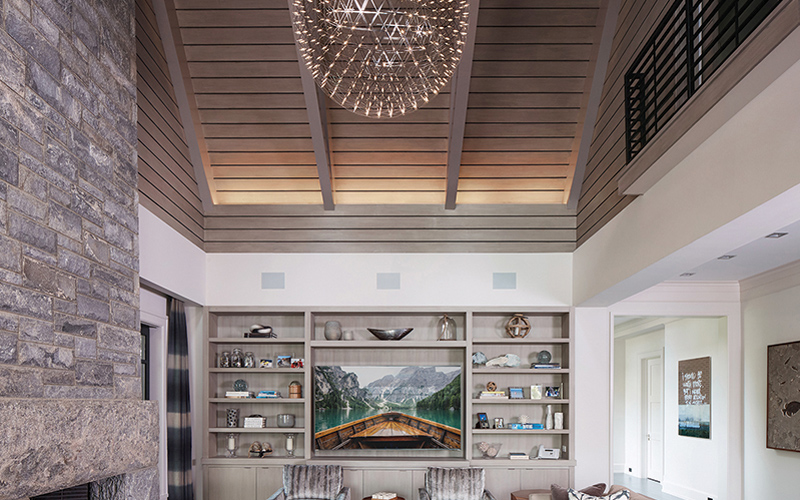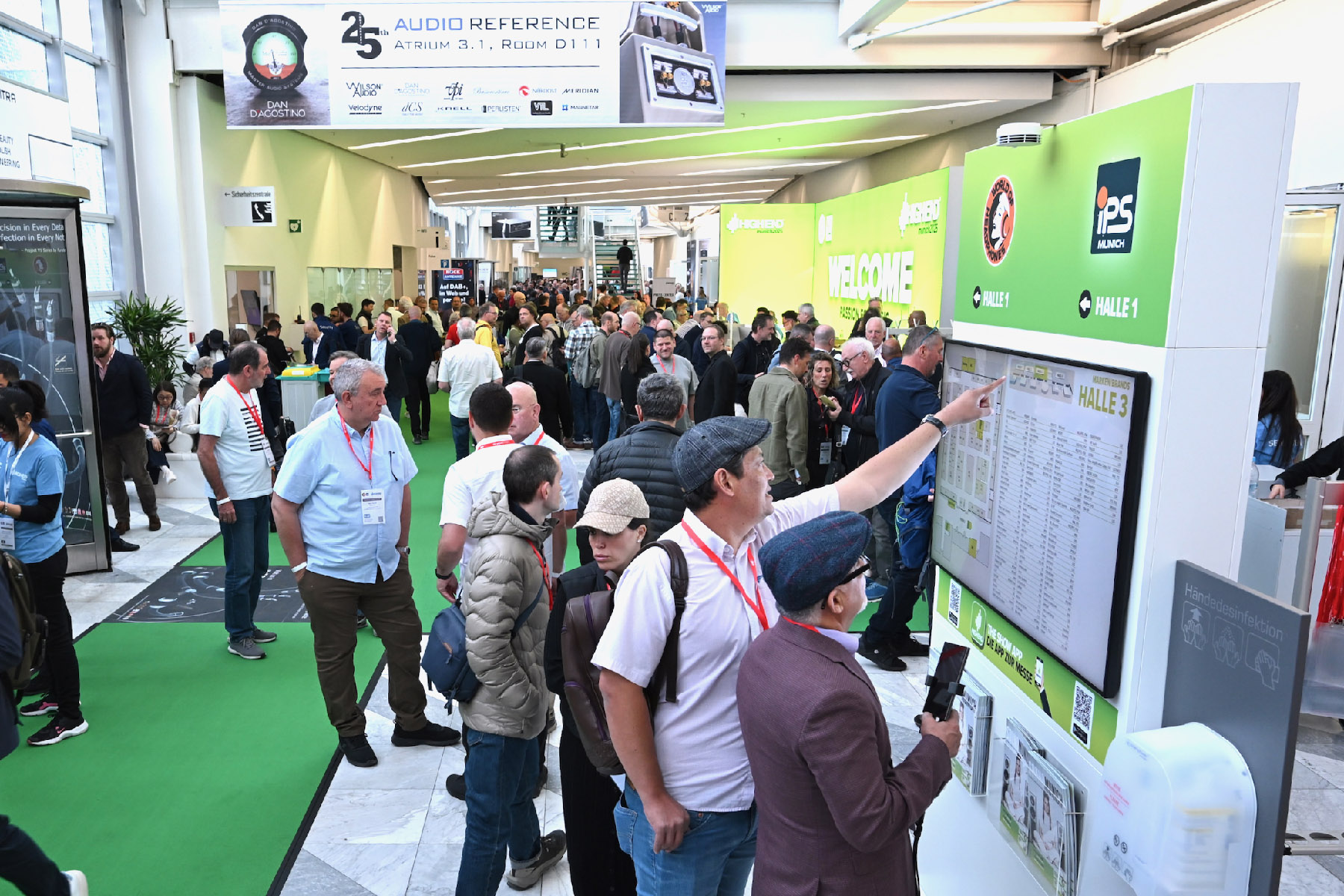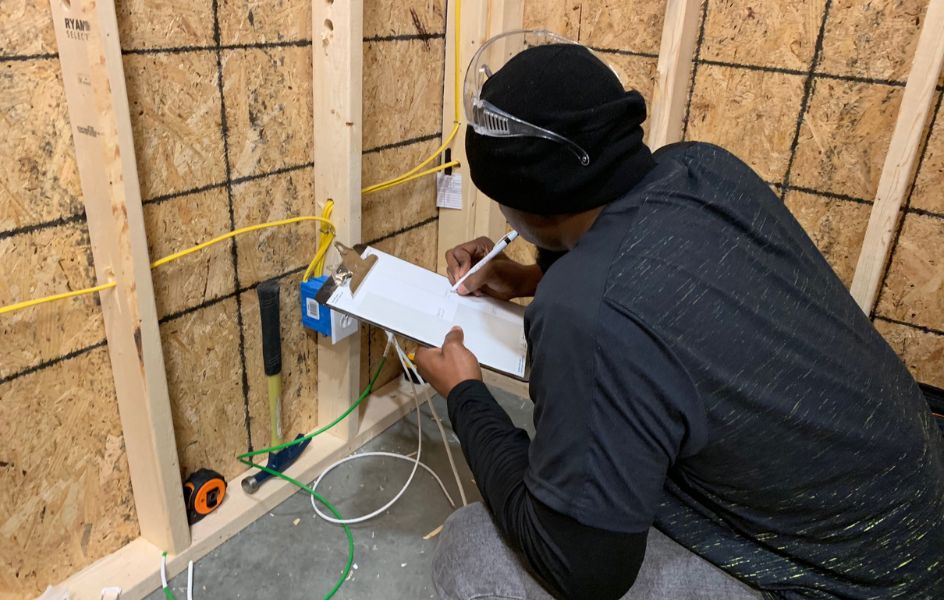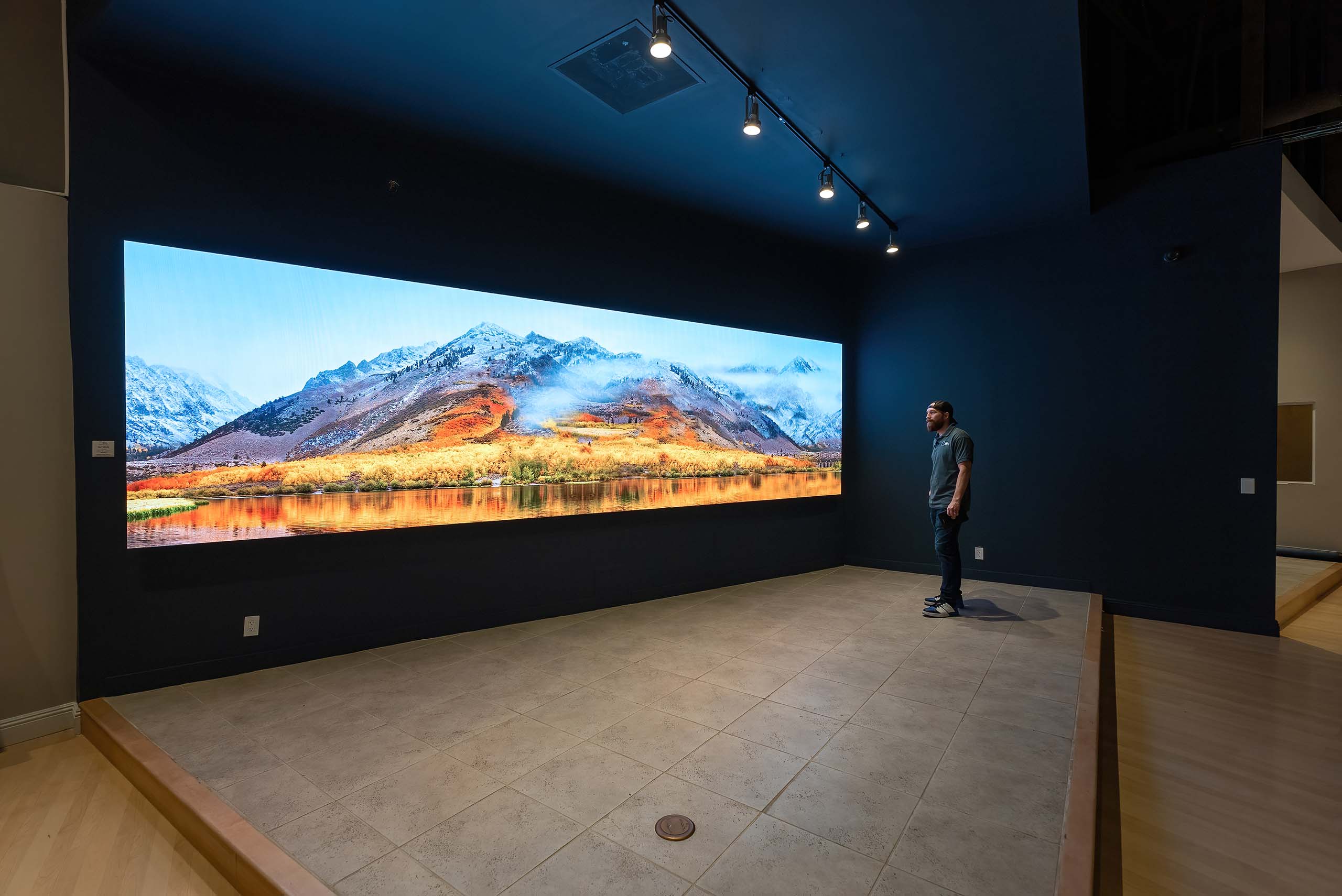For more than 30 years, homeowners, architects, and building professionals have turned to our New York-based home technology integration company, InnerSpace Electronics Inc., to simplify the complex technology in their homes and businesses. Over the years, the company that I co-founded with my husband Barry has installed lighting control systems as part of our overall mix of offerings.
It was only recently, however, that we began to add lighting design services, after our buying group, HTSA, established an exclusive training and certification program with the American Lighting Association (ALA). We’ve even hired a marketing director, Jennifer LaBollita, to lead our lighting design promotion, putting together presentations, leveraging available continuing education unit (CEU) courses, and partnering with various lighting vendors. Here are five things that we have observed so far about our experience in this field:
1. Lighting Design is a Logical Extension of Lighting Control
Lighting design is a perfect extension of lighting control because we already had to understand all of the terminology related to lighting fixtures – lumens, color temperature, watts, drivers – in an attempt to make sure that all of the incandescent, halogen, or LED fixtures specified by designers or architects are going to work properly with the lighting control systems that we install.
2. There Still Needs to Be a Lot More Education Within the Design Community
This is our opportunity to become the leaders in educating professional designers and architects about lighting fixtures and how LED fixtures can fit within a thoughtfully designed lighting plan. The more knowledgeable we stay in this space, the easier it will be to share and properly educate on the improvements with lighting technologies. Many professional designers are hesitant to venture out of their comfort zone of incandescent and halogen fixtures due to misconceptions about the technology. This is where we come in to help them understand and, in the end, provide the best solution for the client.
3. Our Industry Has to Be Incredibly Diplomatic in This Business
Offering our lighting design services on a project that may already have a lighting designer or lighting plan still affords us an opportunity to work with these professionals and leverage our design services, without crossing unspoken boundaries and harming our relationships. We can offer our design services as a collaboration, by suggesting alternative technologies or fixtures that might enhance the design. We may not get hired for our lighting services in this scenario, but we are able to develop our partnerships by educating on the services we offer and showcasing our expertise.
4. Lighting Design Gives Us the Opportunity to Own the Whole Experience
The client is often considering the lighting before they’re looking at most of the other technology items that we install. By getting us into the job earlier and having full accountability as far as coming in and owning the fixtures and designing the control system, we know that it will all work seamlessly together. Taking ownership of the entire lighting portion of the job tends to alleviate the pointing of fingers from the various trades about who is responsible for what.
5. Product Knowledge is Essential
You have to consider the future of LED lighting and what you are capable of doing with the RGBW, tunable white, color spectrum. This knowledge adds more flare to what you’re able to do with a really artistic lighting design plan. You have to educate yourself on what those new technologies are and how to apply them to the space. Once you know what’s available, the design process itself tends to be very scientific and mathematical. It’s all about geometry.








